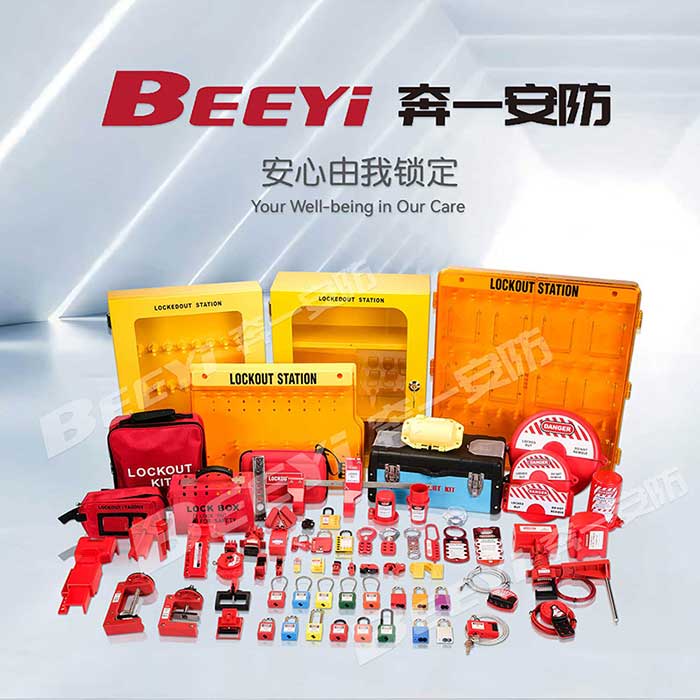Lockout padlocks are essential tools in ensuring safety during industrial operations, particularly in environments where the risk of accidents due to the unintended release of hazardous energy is a significant concern. The lockout/tagout (LOTO) program, a critical safety protocol designed to protect workers, relies heavily on the proper use of lockout padlocks. These padlocks serve as a visible and physical barrier, ensuring that machinery or equipment remains inoperable while maintenance, repairs, or inspections are being carried out. This article explores the importance of lockout padlocks, their features, applications, and their role in enhancing workplace safety.

What Are Lock Out Padlocks? Lockout padlocks are specialized locks used as part of the lockout/tagout procedures, which are aimed at isolating hazardous energy sources during maintenance activities. These padlocks are often brightly colored, typically in red or yellow, and are designed to be durable and resistant to harsh environmental conditions. Lockout padlocks work by physically securing an energy-isolating device, such as a switch, valve, or circuit breaker, ensuring that it cannot be operated until the maintenance task is completed and the padlock is removed. Key Features of Lock Out Padlocks